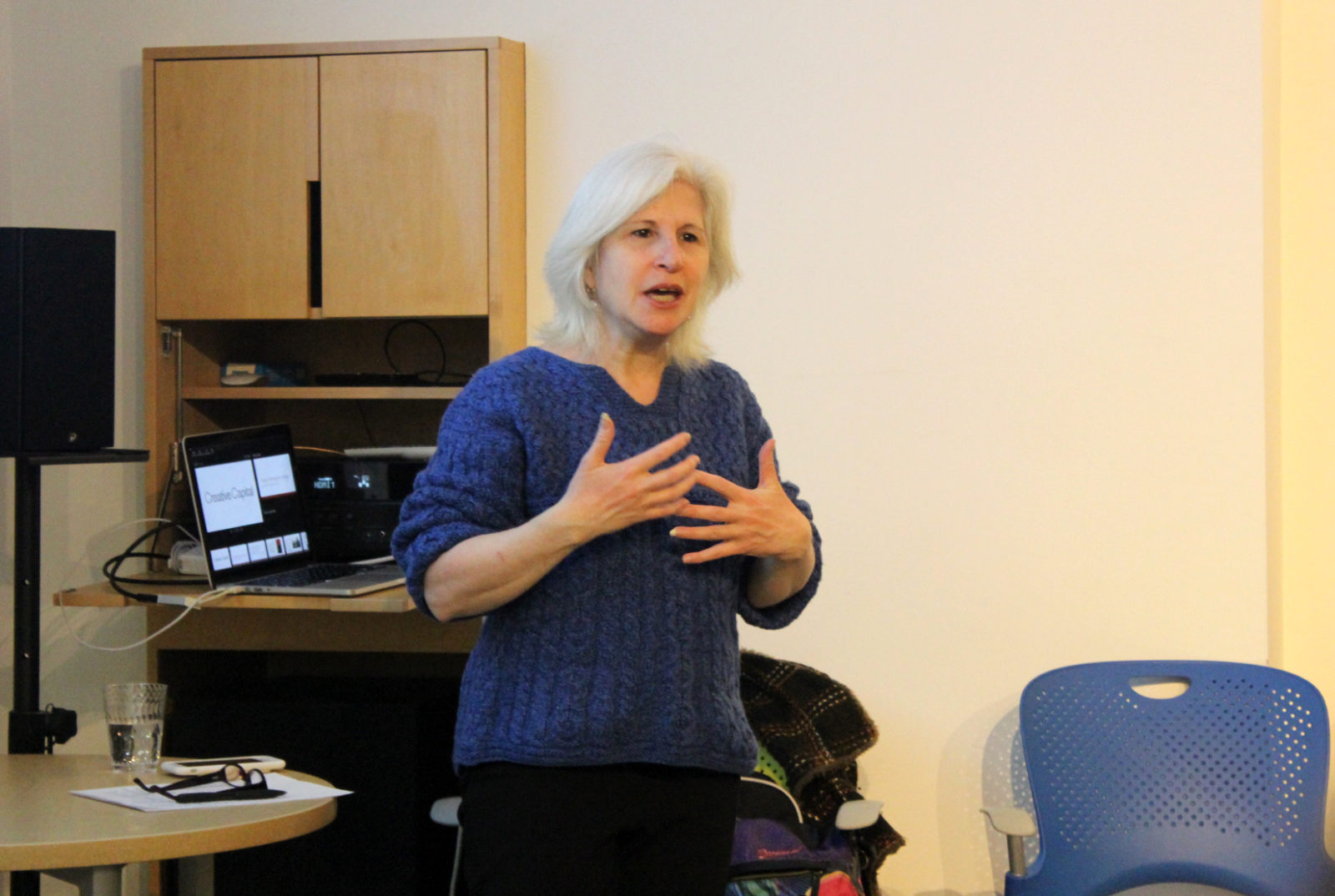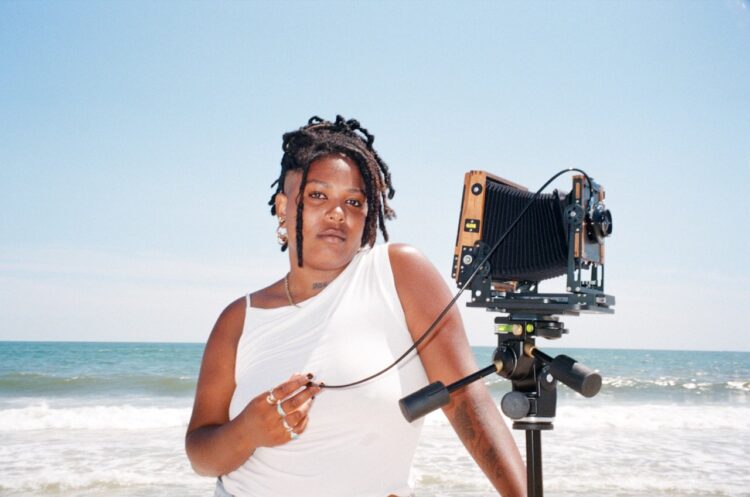How to Write A Grant Proposal with Confidence: First Steps

There are so many great artists out there and not enough arts organizations to fund their work, Tracie Holder points out when she begins her workshop on grant writing. Applying for a grant is an extremely competitive process. So, it’s important to take the process as seriously as your creative practice.
Holder’s combined background and experience in fundraising and filmmaking has made her a skilled grant writer: over the span of her career, she has raised over $2.4 million for her creative projects. In addition to working on her own documentary films, she has a consulting business working with other artists to help them with funding strategies and proposal writing. She is often on funding panels and leads courses like Creative Capital’s online and in-person workshops on grant writing.
Most of us think of fundraising as something we would do anything to avoid, but Holder suggests incorporating grant writing as an integral part of your artistic practice—make it the first step when you begin your process, rather than the last thing you do.
“Like any muscle,” Holder says, “the more you do it, the better you get at it.” Making this the first step in your creative endeavors can not only help you raise money to make your work possible, it can also help you think through the project itself and work out critical creative choices at an early stage.
Here are a few helpful tips from Holder’s workshop to help make fundraising easier.
Rather than feeling intimidated by the grant writing process, try to envision it as just one step helping propel you through your creative practice.
Don’t Wait—Start Now!
“It’s never too early to start applying for grants,” says Holder. Many organizations take six to eight months to respond to proposals or applications (it takes Creative Capital 10 months to finalize the Creative Capital Awards recipients). In that time, the course of your project could have changed several times. It’s important not to let the issues you haven’t figured out about your work hold you back from fundraising for the project. Holder recommends making this a first step in your creative process.
As an example, Holder explains that she submitted a proposal in February for a new film she hasn’t begun shooting. She won’t hear back from the organization until July. The process of writing the grant helped her jumpstart conceptualizing the scope of the project, forcing her to think through not only the timeline, budget, and funding strategy that the funders will want to know, but also the film’s narrative, basic structure, visual style, and intended audience for the finished work. While the organization takes their time deciding whether or not to give her a grant, she can continue working to further develop the project.
Writing the grant proposal can help you prepare to make the work real. It forces you to do the initial research, and consider the project from a macro sense—from the impact you hope to make on the audience, to whom you hope to reach. Rather than feeling intimidated by the grant writing process, try to envision it as just one step helping propel you through your creative practice.
Do the Proper Research
A common misconception about funding organizations is that they are looking for the best projects or artists in the field. Holder points out that actually, “they’re looking for the artists that most closely align with their mission.” So, remember that finding an organization that funds artists is only half the battle.
A crucial next step is to research the organization’s mission. For example, if an organization funds projects by women filmmakers, it’s worth your time to find out if your project doesn’t meet that specific criteria. Another helpful way to find out if your work fits the organization’s mission statement is by searching the list of previous artists they have funded. Of course, the kinds of work and artistic practice that they have funded in the past don’t have to look exactly like your proposed project, but they should help you build a picture of how well your work fits in with previous grantees.
If you have done the research and determined that your project aligns with the organization’s mission, take a long-term approach when applying for the grant. “Maybe this project isn’t perfect for a funder, but your next one may well be,” says Holder. Your initial grant proposal could get you on their radar, and launch a good relationship with the funder.
Remember, Holder says, the artist is trying to build a case from the funder’s point of view. By imagining how your project can fulfill the mission of the organization, you have done most of the work for them. And even if your project isn’t funded, you are now on the funder’s radar, and have moved the project forward in the process of writing the application. It’s also possible that even if ultimately your project doesn’t receive funding, since funders tend to travel in the same circles, that very same funder might recommend your project to another funder for whom they think it might be a perfect fit.
Now that you’ve completed the first steps, it’s time to put your ideas to paper. Read part two of our article on writing a grant proposal with confidence.
